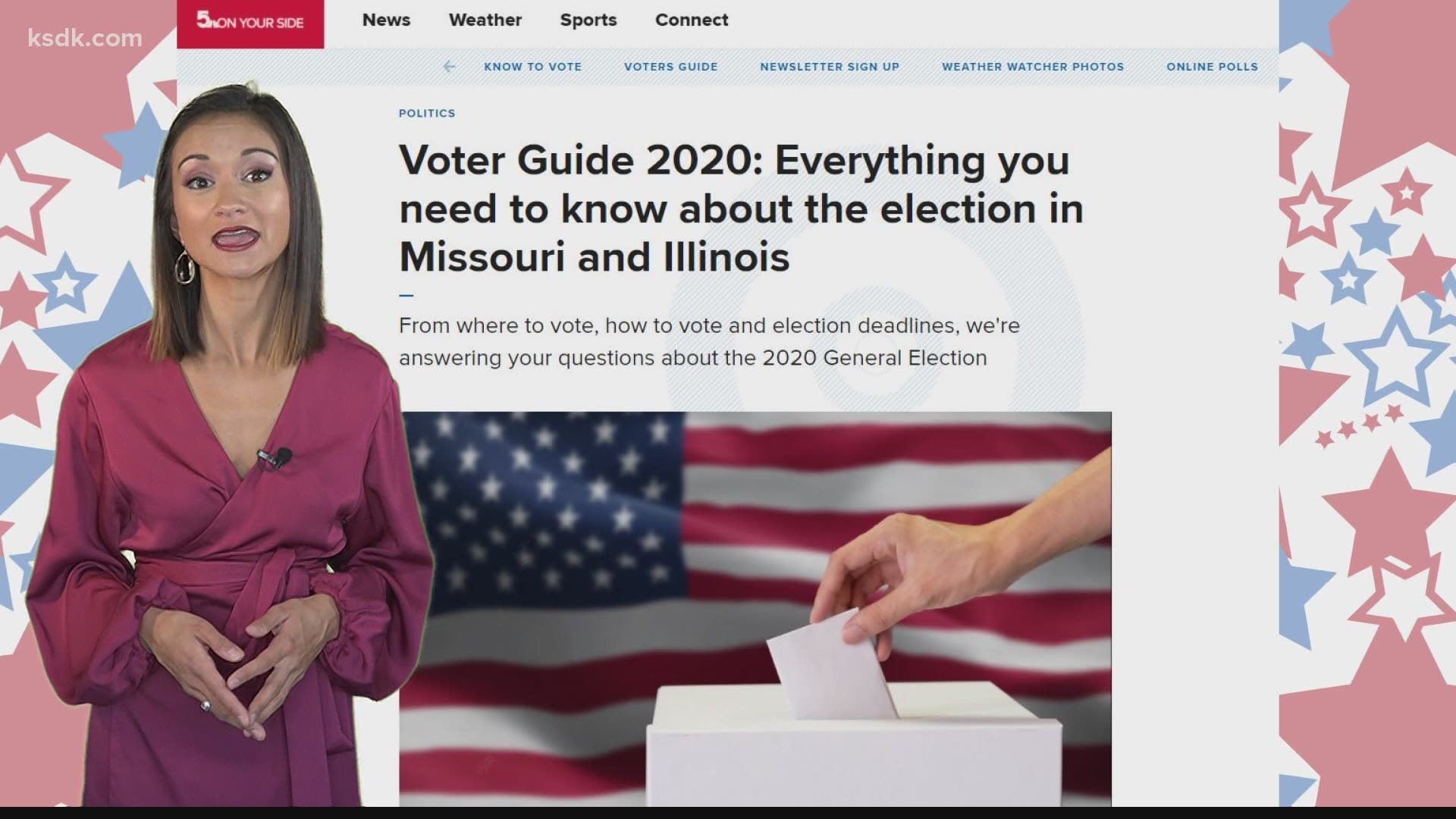SPRINGFIELD, Ill. — Illinois will vote on an amendment to its state constitution on the Nov. 3 ballot.
A 'yes' vote for the amendment, also known as the Fair Tax Amendment, would support allowing the state government to impose a graduated-rate income tax structure that would tax different brackets of income at different rates.
Ballot language:
"The proposed amendment grants the State authority to impose higher income tax rates on higher income levels, which is how the federal government and a majority of other states do it. The amendment would remove the portion of the Revenue Article of the Illinois Constitution that is sometimes referred to as the “flat tax,” that requires all taxes on income to be at the same rate. The amendment does not itself change tax rates. It gives the State the ability to impose higher tax rates on those with higher income levels and lower tax rates on those with middle or lower income levels. You are asked to decide whether the proposed amendment should become a part of the Illinois Constitution."
What does it mean?
The state currently taxes personal income at 4.95% across the board. Illinois is mandated by its constitution to tax income at a flat rate, but the amendment would get rid of that mandate.
Proponents of the amendment argue a flat tax rate penalizes lower-income taxpayers and that those who make higher incomes should be paying a higher percentage of tax; opponents argue that graduated tax will hurt job growth and open the door for taxes to be hiked again in the future.
Technically, the Nov. 3 question only asks voters whether to lift the Illinois Constitution's prohibition on a graduated-rate income tax; it does not itself impose a new tax structure. But SB 687, which was passed into law in 2019, would go into effect on Jan. 1, 2021, if the amendment passes. That law would change the state's flat income rate to a six-bracket graduated rate.
The lowest three income brackets, those who make $250,000 or less, would pay the same or less than what they currently pay in income taxes. The highest three brackets would see an increase in taxes.
Here are the proposed tax brackets and rates for single and joint filers:
Single filers
- $10,000 or less: 4.75%
- $10,001 — $100,000: 4.9%
- $100,001 — $250,000: 4.95%
- $250,001 — $350,000: 7.75%
- $350,001 — $750,000: 7.85%
- $750,001 or more: 7.99% on net income
Joint filers
- $10,000 or less: 4.75%
- $10,001 — $100,000: 4.9%
- $100,001 — $250,000: 4.95%
- $250,001 — $500,000: 7.75%
- $500,001 — $1,000,000: 7.85%
- $1,000,001 or more: 7.99% on net income
There is the possibility that legislators could makes changes to this structure in the future, though it would have to remain progressive, increasing as wages increase.
The office of Illinois Governor JB Pritzker — who is championing the amendment — has created an online tool for taxpayers to see how it would affect them: click here to calculate your tax rate under the proposed amendment.
Illinois is one of a handful of states that imposes a flat income tax. Thirty-two states and the District of Columbia currently use a graduated-rate income tax structure, according to the Tax Foundation.

